A Review of The House of Dead Maids
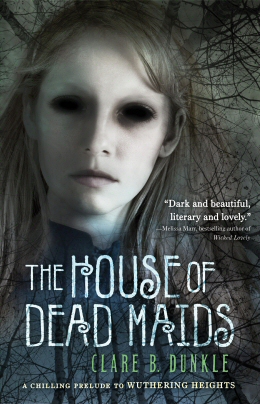 Last week I was contacted by Barbara Fisch at Blue Slip Media, who’s been recommending and sending review copies to me for nearly fifteen years. Barbara had flagged The House of Dead Maids by Clare B. Dunkle (author of the Hollow Kingdom trilogy), just released in hardcover from Holt, as of possible interest to Black Gate readers. And from her description, it sounded like she could be right:
Last week I was contacted by Barbara Fisch at Blue Slip Media, who’s been recommending and sending review copies to me for nearly fifteen years. Barbara had flagged The House of Dead Maids by Clare B. Dunkle (author of the Hollow Kingdom trilogy), just released in hardcover from Holt, as of possible interest to Black Gate readers. And from her description, it sounded like she could be right:
The House of Dead Maids is billed as a prelude to Wuthering Heights, as it features a character who will come to be known as Healthcliff. The novel is a scary blending of Yorkshire lore and Bronte family history. The child (Heathcliff) is already a savage little creature when Tabby Aykroyd arrives at Seldom House as his nursemaid. The ghost of the last maid will not leave Tabby in peace, and her spirit is only one of many. As she struggles against the evil forces that surround the house, Tabby tries to befriend her uncouth young charge, but her kindness can’t alter his fate.
The real task, as always, was matching the ideal reviewer with the book… a bit more of a challenge for a 151-page book with an eleven year-old narrator, I grant you.
As luck would have it, I happened to have an eleven-year old reader in the house, who innocently picked up the book the day it arrived. I know when the stars have aligned, and sat down with a notepad and pen to interview her minutes after she finished reading The House of Dead Maids.
We’ll call this young reader “Tabitha,” because of what happened when her mother found out I was going to use her picture and real name on the Internet.
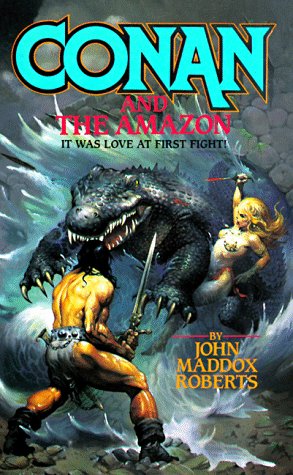 Conan and the Amazon
Conan and the Amazon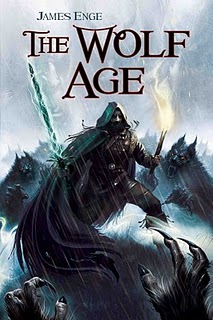 James Enge tells us (rather gleefully) that “A slab of The Wolf Age is up at the Pyr samples site. Werewolves. Ghost-powered zeppelins. The usual stuff.”
James Enge tells us (rather gleefully) that “A slab of The Wolf Age is up at the Pyr samples site. Werewolves. Ghost-powered zeppelins. The usual stuff.”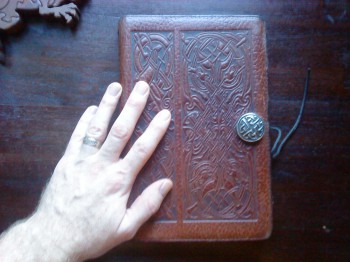
 This is the fourth in a series of posts investigating the question of who wrote the first otherworld fantasy (you can find the first part
This is the fourth in a series of posts investigating the question of who wrote the first otherworld fantasy (you can find the first part 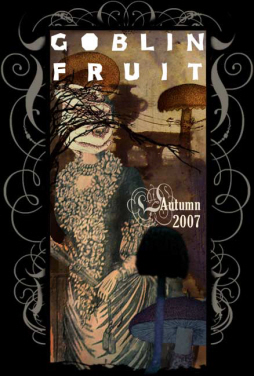 Okay, this is the Age of the Internet, so you’ve probably had this experience.
Okay, this is the Age of the Internet, so you’ve probably had this experience.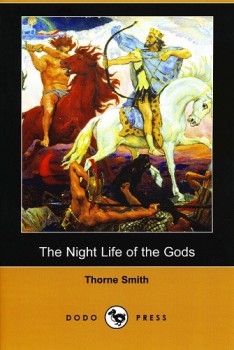

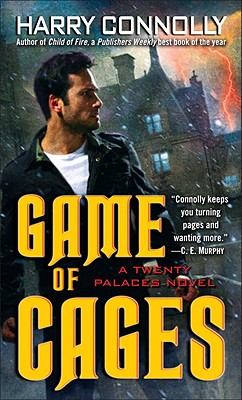 The most interesting title waiting for me when I returned from our adventures at
The most interesting title waiting for me when I returned from our adventures at